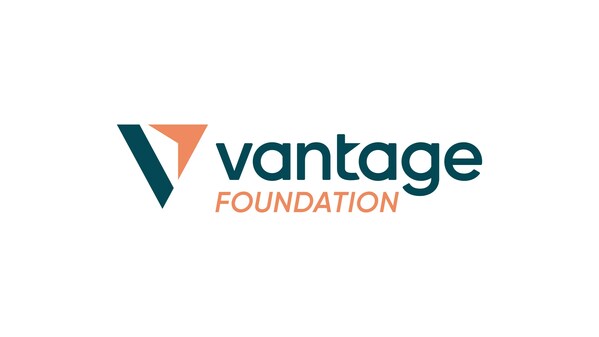Close to USD61 Billion for Low, Middle-Income Economies
- USD60.7 billion support climate action in low and middle-income economies, including USD22.7 billion for climate change adaptation.
- Worldwide MDB climate finance reaches nearly USD100 billion, up from USD82 billion in 2021.
- The amount of mobilized global private finance stands at USD69 billion, up from USD41 billion in 2021.
BEIJING, Oct. 12, 2023 /PRNewswire/ -- A joint report by multilateral development banks (MDBs) published today finds that MDB climate finance reached a new record high in 2022. The announcement comes as delegates meet in Marrakesh, Morocco, for the World Bank (WB) Group and International Monetary Fund Annual Meetings, where scaling up public climate finance, in particular for low and middle-income economies, is one of the items on top of the agenda.
Low and middle-income economies
In 2022, USD60.7 billion of MDB climate finance was for low-income and middle-income economies (USD38.0 billion, or 63 percent of this total, for climate change mitigation finance and USD22.7 billion or 37 percent for climate change adaptation finance). The amount of mobilized private finance stood at USD16.9 billion.
High-income economies
In 2022, USD38.8 billion was allocated for high-income economies. Of this total, USD36.3 billion (94 percent) was for climate change mitigation finance and USD2.5 billion (6 percent) was for climate change adaptation finance. The amount of mobilized private finance stood at USD51.9 billion.
Surpassing climate finance targets
With the record 2022 climate finance volumes, MDBs are surpassing for the second year in a row the 2025 climate finance targets they set themselves at the UN Secretary General's Climate Action Summit in 2019. This included delivering an expected collective total of USD50 billion climate finance for low-income and middle-income economies, at least USD65 billion of climate finance globally, with an expected doubling in adaptation finance to USD18 billion; and private mobilization of USD40 billion. Compared to 2019 volumes, MDB 2022 climate finance for low and middle-income economies has increased by 46 percent (2019, USD41.5 billion) and global MDB climate finance by 62 percent (2019, USD61.6 billion).
"AIIB is pleased to have been part of the joint MDB reporting since 2019. As part of its Corporate Strategy in 2020, AIIB set an ambitious climate finance target of 50% of its approved financing by 2025. In 2022 it already reached 56% and is now looking to further improve both the amount but more importantly the impact of its climate financing," said Sir Danny Alexander, AIIB's Vice President for Policy and Strategy. "With a strong belief that the global fight against climate change will be won or lost in Asia, we have also developed our first ever Climate Action Plan through 2030 to make our financing more effective to address Asia's and therefore the global climate challenge."
Transparent joint reporting on climate finance
The Joint Report on MDBs Climate Finance is an annual collaborative effort to publish MDBs' climate finance figures, together with a clear explanation of the methodologies for tracking this finance as climate finance. This joint report is intended to track progress in relation to MDB joint climate finance targets such as those announced at the UN Climate Change conference COP21 and the greater ambition pledged for the 2021-2025 period.
This year's report brings the Council of Europe Development Bank (CEB) and the New Development Bank's (NDB) climate finance fully into the MDB reporting, so that for the first time, all 10 MDBs' climate finance is included in the aggregated data reported. Even without the two MDBs joining the reporting, global climate finance went up to USD98 billion in 2022. In addition, this year's report includes a more detailed breakdown of MDB climate finance in least developed countries and small island developing states.
The 2022 MDB report, coordinated by the European Investment Bank (EIB), combines data from the African Development Bank, the Asian Development Bank, the Asian Infrastructure Investment Bank, CEB, the European Bank for Reconstruction and Development, EIB, the Inter-American Development Bank Group, the Islamic Development Bank, NDB and WB.
For more information, please take a look at the 2022 Joint Report on Multilateral Development Banks' Climate Finance and Key Figures Infographic.
About AIIB
The Asian Infrastructure Investment Bank (AIIB) is a multilateral development bank whose mission is financing the Infrastructure for Tomorrow—infrastructure with sustainability at its core. We began operations in Beijing in January 2016 and have since grown to 109 approved members worldwide. We are capitalized at USD100 billion and Triple-A-rated by the major international credit rating agencies. Collaborating with partners, AIIB meets clients' needs by unlocking new capital and investing in infrastructure that is green, technology-enabled and promotes regional connectivity.











